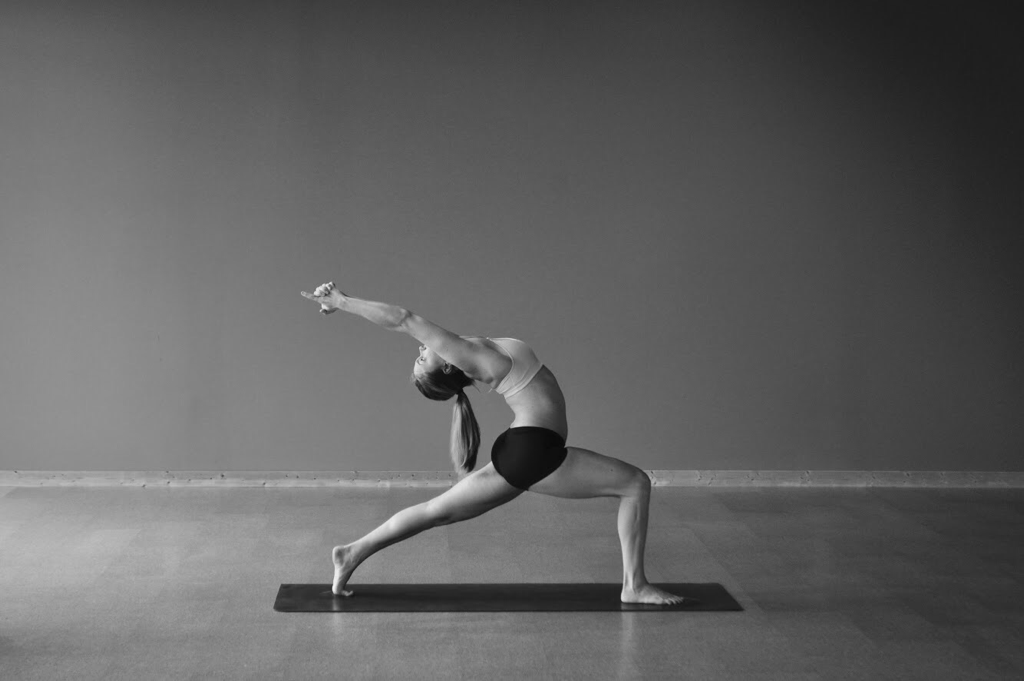|
“How do I start a home practice?”
We get this question a lot. For anyone interested in a home or self practice, anyone without access to a studio, or anyone on the road, this is an important question to explore. START SMALL Starting a home practice can be overwhelming. It’s challenging to decide what to practice and for how long. With so many postures and practices, it can feel like we can’t possibly practice everything that we should practice. An important thing to remember is that some practice is always better than none. If this is new to you, we recommend keeping it short. You will find that 5 minutes is much easier to carve out than 2 hours. Once, you build up the habit, you can increase the duration. First, just get comfortable with practicing on your own and in unfamiliar spaces. START WITH THE BASICS - Make sure you move the spine. Include a backward bend, a forward bend and a twist. (Ex: High Lunge with Backbend, Half Moon, Hands To Feet, Cobra, Twisting Triangle, Supine Twist, etc.) - Use big muscles. High Lunge, Chair pose and Plank are very powerful postures that will work big muscle groups. This is important because we often sit for long periods which allow muscles such as our abdominals, glutes and legs to get weak. Then if there’s time: - Practice balance. This can be a standing balancing posture and/or an arm balance. (Ex: Standing Hand to Toe or Head To Knee, Balancing Stick, Tree, Palmstand, etc.) - Do breath work. Close your practice with Kapalabhati and/or up to 5 minutes of Alternate Nostril Breathing. If you find that it is helpful to start your practice with breathing as well, start with an exercise like Anatomical Breathing or Standing Deep Breathing. SEQUENCES FOR PRACTICE Eventually, you will feel more comfortable designing your own practice. You will know what your body and mind need in order to be healthy. You will be equally as comfortable practicing for 5 minutes as you are practicing for hours. Until then, try these short and effective sequences. Remember, it's important that you do it often. At the beginning, that is all that matters. VERSION 1 (5 minutes) 1. Plank 2. High Lunge with Backbend 3. Seated Stretching (Janushirasana and Paschimottanasana) 4. Seated Spinal Twist 5. Savasana VERSION 2 (5-10 minutes) 1. High Lunge with Backbend 2. Half Moon with Hands To Feet 3. Chair 4. Palmstand 5. Cobra 6. Seated Stretching (Janushirasana and Paschimottanasana) 7. Seated Spinal Twist 8. Savasana
0 Comments
Leave a Reply. |
AUTHORSScott & Ida are Yoga Acharyas (Masters of Yoga). They are scholars as well as practitioners of yogic postures, breath control and meditation. They are the head teachers of Ghosh Yoga.
POPULAR- The 113 Postures of Ghosh Yoga
- Make the Hamstrings Strong, Not Long - Understanding Chair Posture - Lock the Knee History - It Doesn't Matter If Your Head Is On Your Knee - Bow Pose (Dhanurasana) - 5 Reasons To Backbend - Origins of Standing Bow - The Traditional Yoga In Bikram's Class - What About the Women?! - Through Bishnu's Eyes - Why Teaching Is Not a Personal Practice Categories
All
Archives
May 2024
|







 RSS Feed
RSS Feed